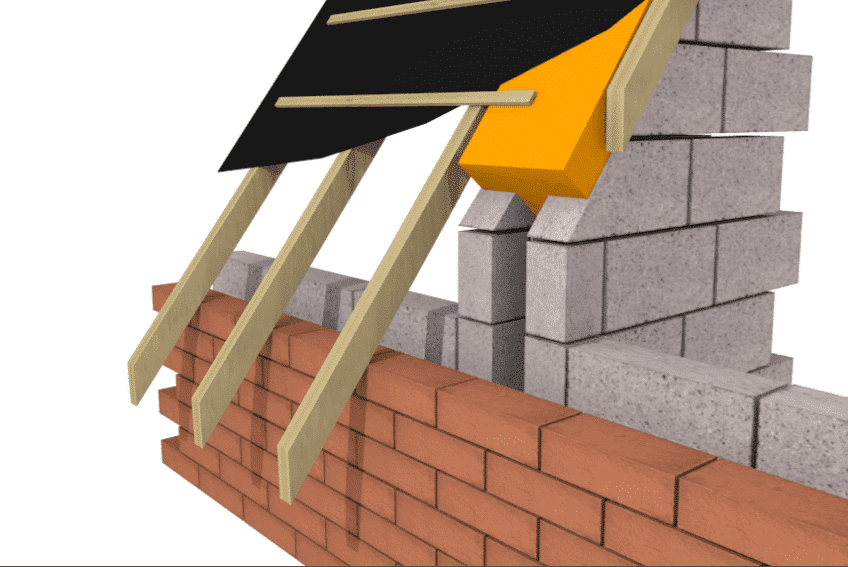Best Flat Roof Insulation

If youre looking to purchase the very best flat roof insulation for your home, then Online Insulation could be the company you need to contact today. Based in the heart of the UK, we are incredibly proud to offer an extensive range of thermal, acoustic and fire protection insulation products, as well as dry lining materials. With over 15 years of experience in designing, specification, manufacture and distribution, you can trust that we are the company you need to contact today.
Best Flat Roof Insulation Products
Here at Online Insulation, we are incredibly lucky to hold comprehensive stocks of high-quality products and materials for the best flat roof insulation services. Our insulation would be installed during the construction of a building, as its the best way to ensure a well-insulated and competent structure. We always recommend having the work completed by a professional or someone trained within the realm of insulation, as if the process is installed properly, it can easily create leaks, moisture and even damp – which can cause long-term damage to your home.
When it comes to choosing the very best flat roof insulation materials, one of our personal favourites is the range of 150mm Celotex XR4150 Insulation Boards we stock. This is suitable for an array of different applications including roof, wall and floor insulation. This multi-purpose PIR insulation board is one of our best sellers, due to the diversity in the application and the A+ rating when compared to the BRE Green Guide. The Celotex XR range can also save you time and money by potentially only needing to install one layer of insulation, the boards provide thermal insulation solutions that fully meet the requirements of current legislation including Part L, BREEAM and the Code for Sustainable Homes.
By coming to us for the best flat roof insulation materials, you will be effectively keeping your home warmer in the winter months and cooler in the summer. Not only will your home have a more stable temperature, offering a more pleasant environment, but it will also keep your energy bills lower, saving you money in the long run. With over 100 distribution points across the country, we are able to source your requirements in a timely manner, meaning you can get hold of your materials within 2 to 3 days.
To find out more about the best flat roof insulation materials, please dont hesitate to get in touch with a member of our team today. You can call us on 01509 649065, we are on hand to offer you informed and impartial advice to help you find the right solution. Alternatively, you can head over to our website and fill in our online contact form, just be sure to include your contact details and we will get back to you as soon as we can.



























